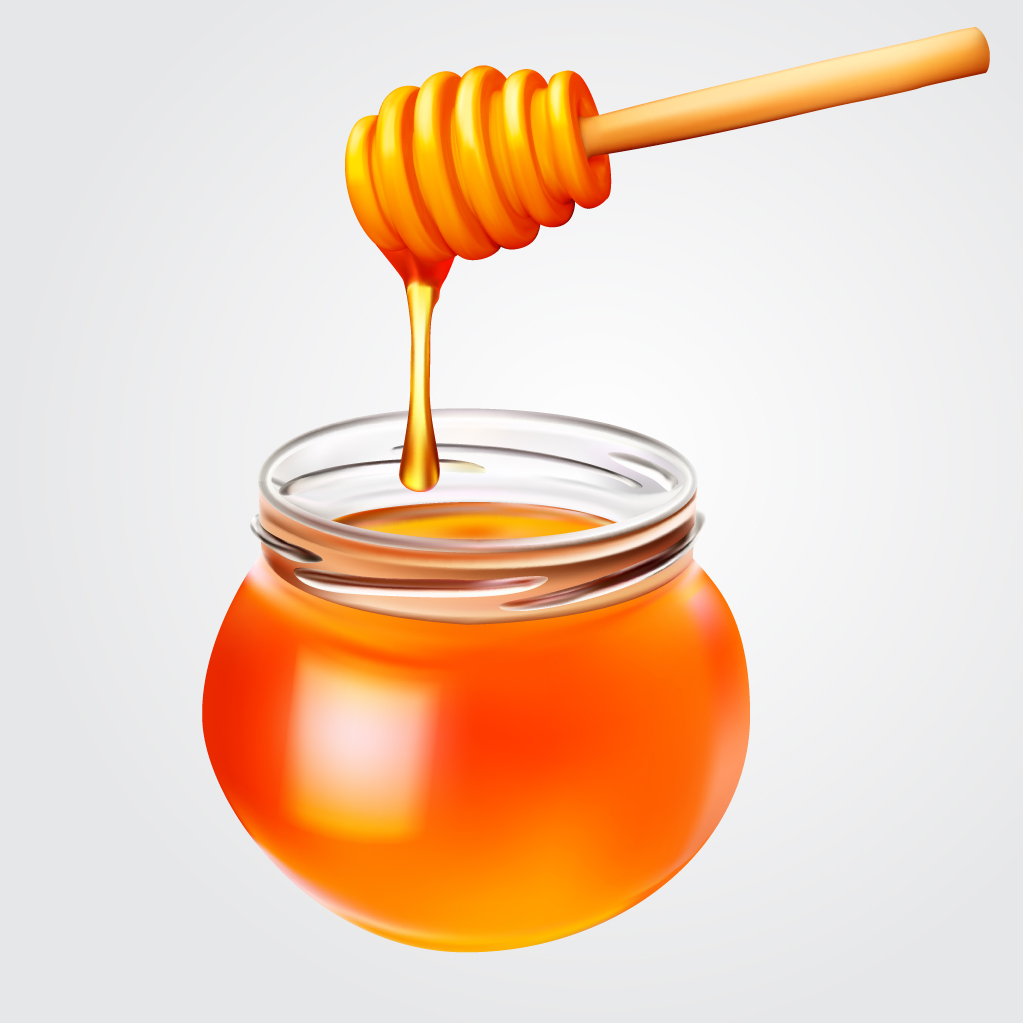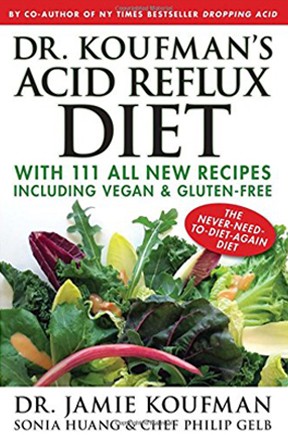At-A-Glance
- Manuka honey is a super food that helps acid reflux and has anti-inflammatory, anti-microbial, and anti-cancer benefits.
- The best Manuka honey is from New Zealand, and you can find several brands in your local supermarket or health food store.
- Any New Zealand Manuka honey of any strength, 15-32 UMF, can be helpful for acid reflux.
- Read more about Manuka honey, and the ways you can incorporate it into your antireflux program or diet.
Note: Respiratory Reflux (RR) and Laryngopharyngeal Reflux (LPR) are synonyms and the terms can be used interchangeably. Going forward, I prefer the term RR and so should you; it is easier to pronounce, more intuitive, and implies that RR can affect any and all parts of the respiratory system which it does.
The Māori and the Manuka Tree
The Māori, the original inhabitants of New Zealand, arrived there from Polynesia 1350. They called the Manuka tree taonga or treasure, and they used different parts of the Manuka tree for different purposes including building homes and waterproofing as well as for making weapons, canoes, and other important things ― but also for medicinal purposes ― it was used to treat digestive problems, cough, asthma, bronchitis, and sinus problems, as well as salves from the bark to treat wounds and burns.
When Captain Cook visited New Zealand, he personally used Manuka leaves to make tea. That’s why the Manuka tree is also called the “tea tree.” And when his crew drank the tea, they claimed that it helped prevent scurvy; and they too used it to treat wounds and burns.
Manuka (Leptospermum scoparium) is a scrub-type evergreen tree which grows in abundance in coastal New Zealand. The Manuka tree is typically one of the first plants to regenerate on land that was previously cleared for farming or any other purpose.
Birth of Manuka Honey
In 1839, Mary Bumby, a missionary and beekeeper, brought European bumble bees to New Zealand. She set up her first apiary near a stand of Manuka trees, and Bumby’s bees liked Manuka blossoms, so much so that Manuka honey became a mono-flower honey (like sourwood honey from the American south).
For the first fifty years, Manuka honey was not valued, and its advantageous medicinal properties were unknown. In addition, beekeepers thought it was a nuisance because the honey was difficult to extract, and because Manuka honey’s strong flavor could not compete commercially with the already beloved clover honey.
Medicinal Manuka Honey
Early on, beekeepers gave their Manuka honey free to farmers who fed it to cows. The first indication that Manuka honey was medicinal is attributed to those farmers who noticed that cows consuming the honey had fewer infectious diseases than those that didn’t.
By the early 20th century, scientists recognized that Manuka honey had significant antibacterial properties not matched by any other type honey. This led to the discovery of methylglyoxal (MGO) in manuka, which is responsible for its potent antibacterial activity. In the 1980s, researchers at the University of Waikato found that it was effective against a wide range of bacteria, including antibiotic resistant strains such as MRSA. There is on-going Manuka research; and this also led to commercialization of manuka honey as a natural health product, with a focus on its antibacterial properties. In addition, Manuka honey is often used to treat ulcers and indigestion, i.e., reflux.
In 2017, Niaz and colleagues published a review of the health benefits of Manuka; and it was found to promote tissue regeneration as well as inhibit carcinogenesis and bacterial growth. It is the Glyoxal and methylglyoxal (MGO) in Manuka, which are instrumental in wound healing and tissue regeneration. In addition to antioxidant, antimicrobial, and anti-carcinogen effects, Manuka honey has also been shown to help acid reflux.
How Do I Use Manuka Honey for Reflux?
Today, manuka honey is a popular health product used around the world. For acid reflux, I recommend Manuka honey with any UMF (15-32); a high rating is unnecessary. (BTW, UMF is the Unique Manuka Factor). Again, any level rating is good for reflux symptoms like heartburn, indigestion, and even Respiratory Reflux (aka LPR) and GERD.
Manuka honey coats the throat, esophagus, and stomach; and its strong anti-inflammatory properties help heal damaged tissue caused by reflux. It is also soothes a sore throat, acts as a prebiotic, may alleviate discomfort from gastric ulcers, and help gastroenteritis, prevent dental plaque build-up, and benefit antibiotic-resistant infections.
I recommend that you use Manuka honey for reflux in one or more of these four ways:
Take a small teaspoon (even a demitasse spoon) of Manuka before meals
Add a half-teaspoon in hot water to make a cup of tea; or it can be added to other teas like chamomile or ginger tea
Take a Manuka honey lozenge after meals … it helps prevent reflux after eating
Finally, you can add Manuka honey your food, e.g., yogurt, oatmeal, cereal.
Note: Using other types of honey may induce acid reflux symptoms. And a few admonitions: 1. Avoid Manuka honey if you are diabetic or need to limit sugar intake, 2. make sure Manuka is not a trigger food for you (it is in about 5% of people), 3. Don’t give Manuka honey to babies, and (4) I do NOT recommend Manuka honey before bed … or even near bedtime.









